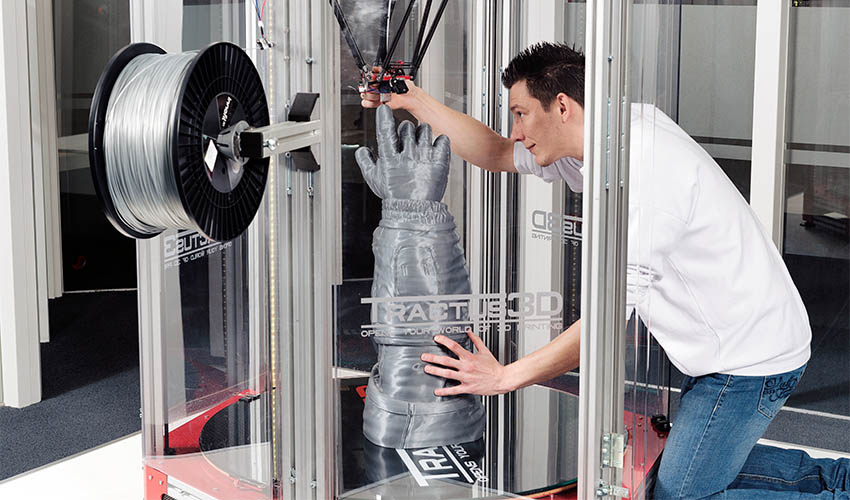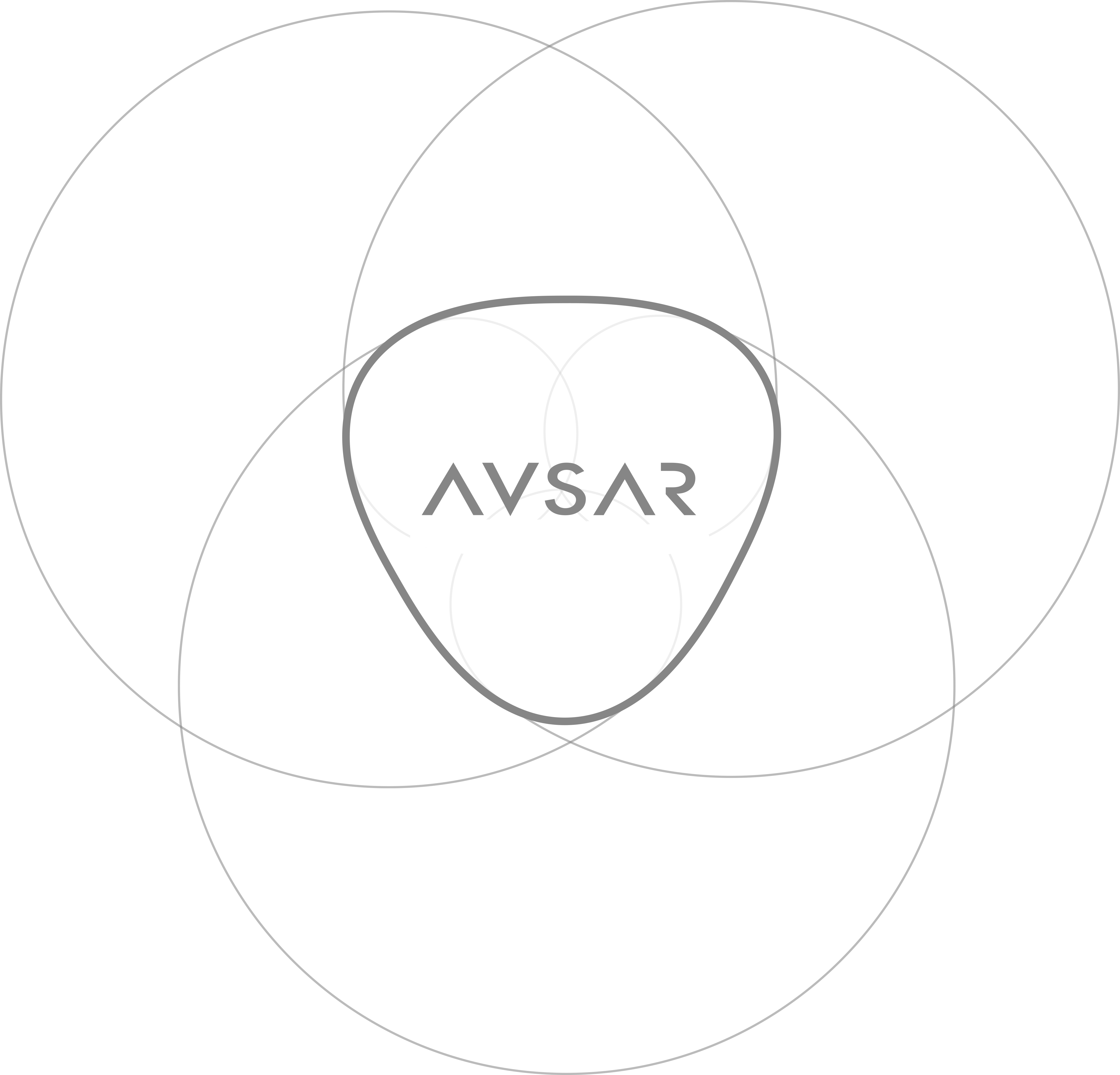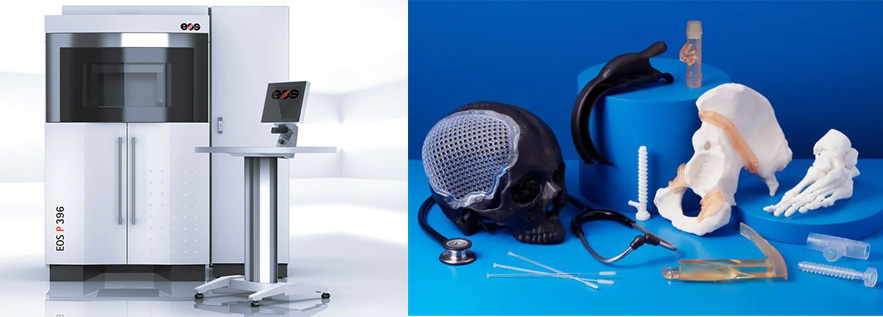
EOS P396 Plastic 3D Printer
With overall production dimensions of 340 x 340 x 600 mm, the EOS P 396 is in the medium production volume range. This system, which is modular and very productive; It enables tool-free production of serial components, spare parts, functional prototypes and models directly from CAD data. Compared to its predecessor, the EOS P 396 consumes approximately 38% less energy and is up to 32% faster in a typical production job (fill rate 5.8%).
Production capacity varies depending on product dimensions.
EOS Formiga P110 Plastic 3D Printer
With overall production dimensions of 200 x 250 x 330 mm, the EOS P 396 is in the small-scale production volume range. The plastic 3d printing modeling system maintains the repeatability of parts throughout the entire production volume: for every production job and for every machine.
The precise laser spot with a small focal diameter allows wall thicknesses of less than half a millimeter to be obtained.
Thanks to system reliability, small, delicate parts are produced with the highest surface quality.
Production capacity varies depending on product dimensions.
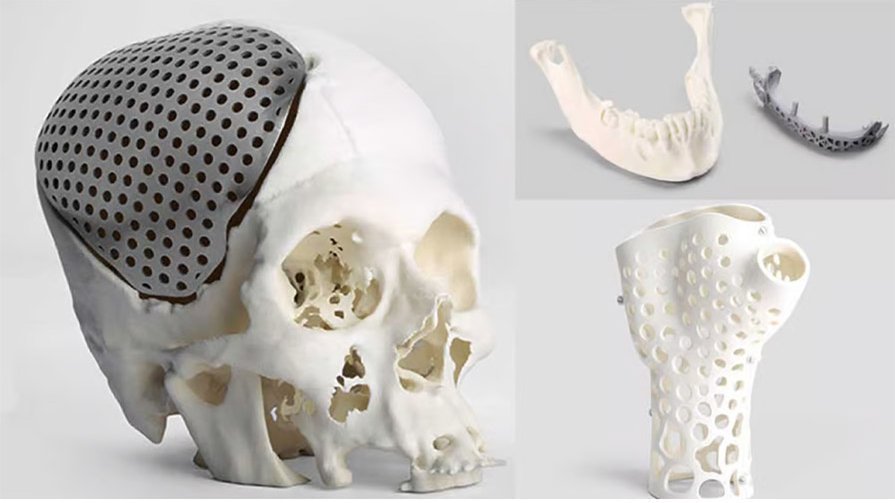
Concept Laser Metal Metal 3D Printer
Layered metal production technology with Concept Laser is the process of laying metal powders in 20-50 m thicknesses and combining them by melting with the 100% island principle. The most important difference that distinguishes Concept Laser from other laser sintering systems is the patented LaserCUSING® technology. LaserCUSING® is the name of the production technology known as SLM (Selective Laser Melting) developed and patented by Concept Laser.
Production Table: 90 x90 ×80 mm (x,y,z) Laser System: Fiber laser 100 W
Raw materials we can produce: Stainless Steel 316L
Stainless Steel 17-4PH Aluminum AISi10Mg
Titanium Ti6AI4V ELI Class 23 Titanium CPTi Grade 2
Bronze, Gold, Yellow Gold, Rose Platinum
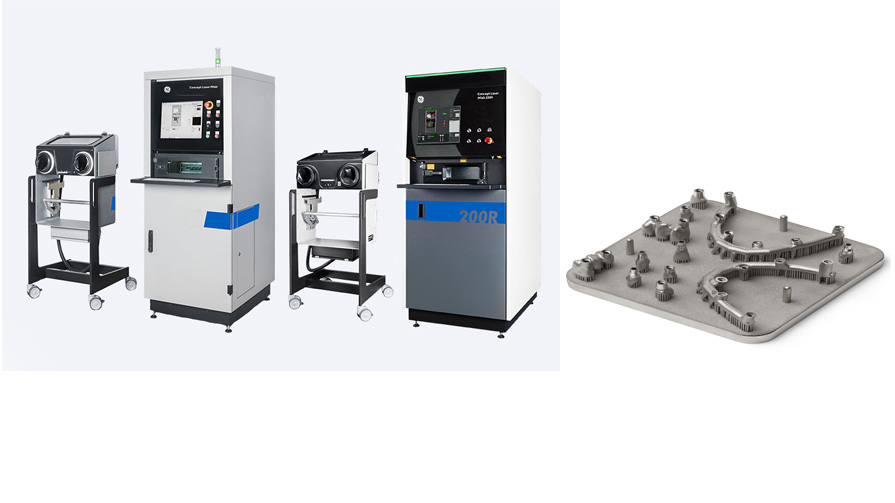
Tractus Large Scale 3D Plastic Printer
This 3D printer offers high printing speed and high accuracy. It is perfect for 3D printing large objects with extreme precision, and since 3D printers are located in a closed room, temperature stability is good, minimizing the possibility of bends.